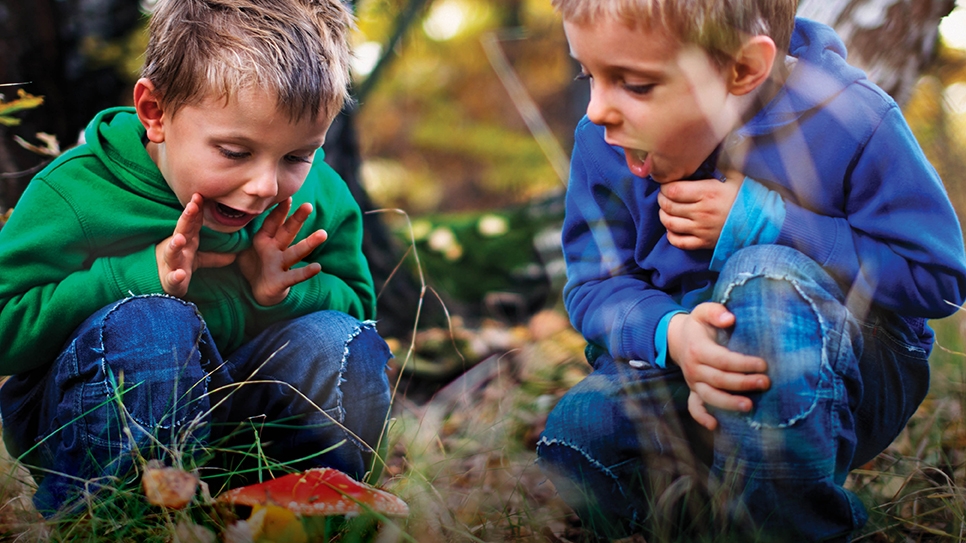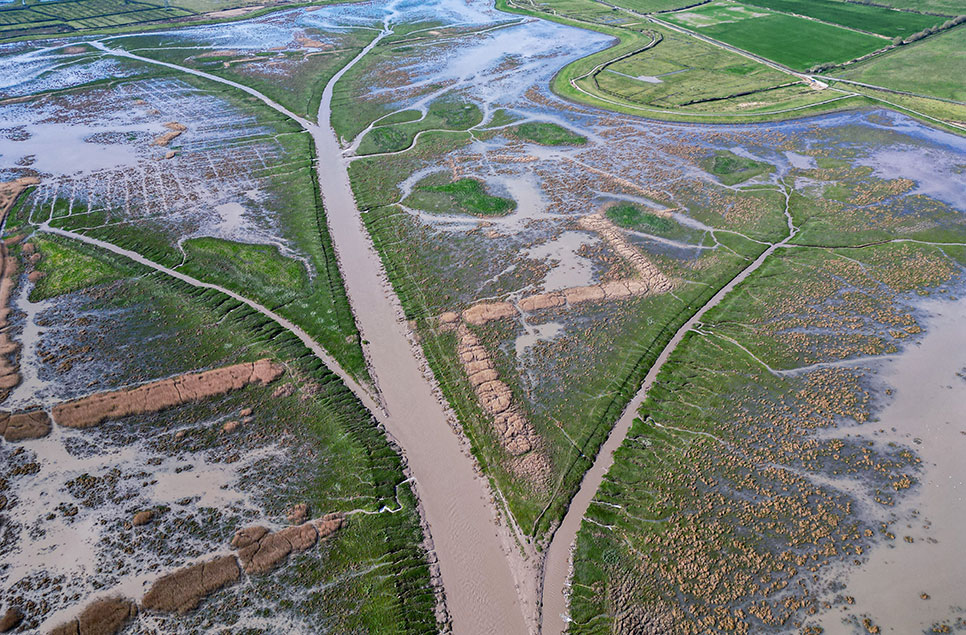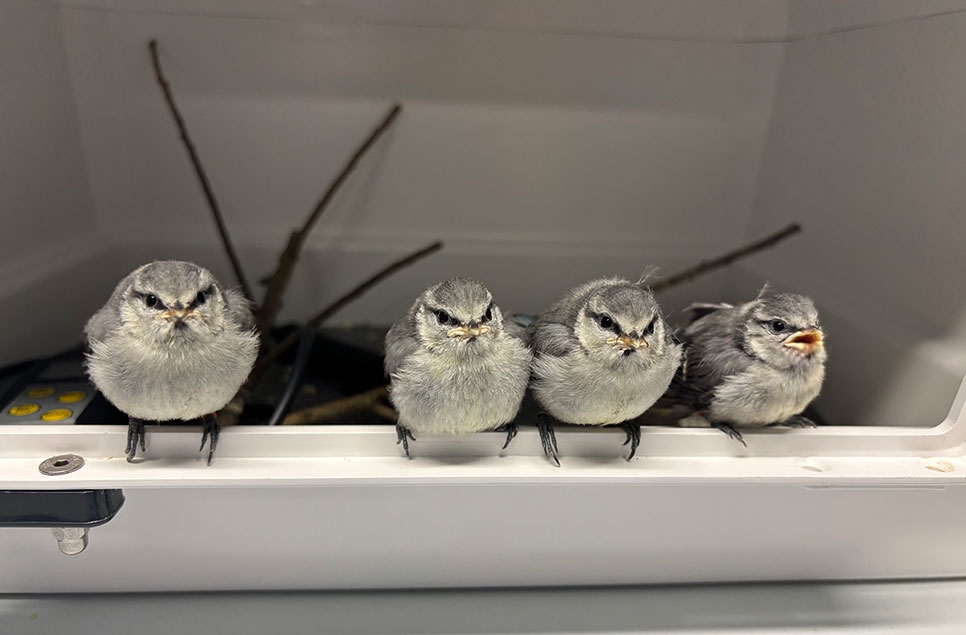New species delight visitors at WWT’s first Dragonfly Festival
WWT Slimbridge recorded its first ever breeding pair of willow emerald damselfly; with a southern migrant hawker dragonfly spotted at WWT Welney and WWT London for the first time – adding a total of 35 new species to our reserves.
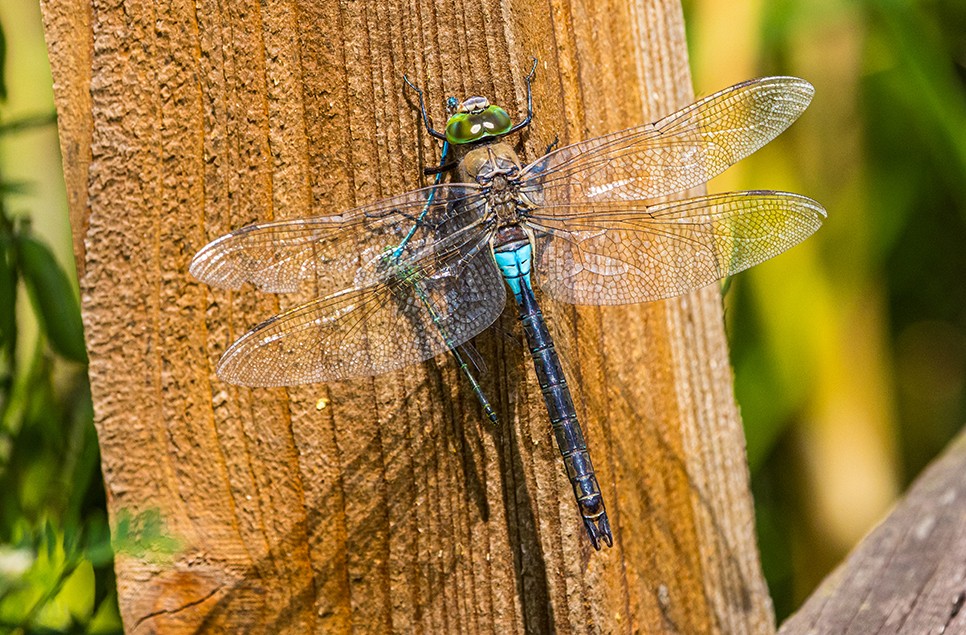
This summer has seen a surge in dragonfly and damselfly activity across WWT wetland centres, delighting visitors at our first ever Dragonfly Festival.
Both WWT Welney and WWT London saw a first visit from the southern migrant hawker dragonfly, with WWT Slimbridge recording its first-ever breeding pair of willow emerald damselfly.
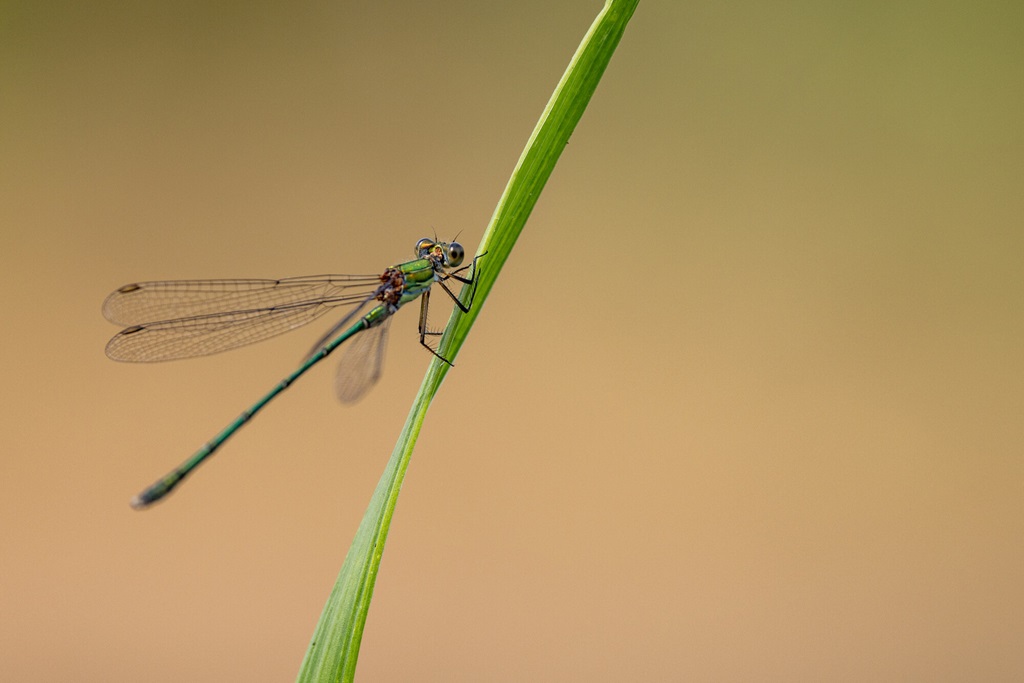
Willow emerald damselfly - credit: Sam Walker.
Meanwhile, WWT Llanelli welcomed its second-ever recording of a black darter, a dragonfly species not seen on the reserve since 2003.
WWT’s Head of Reserve Management, Leigh Marshall, said:
Dragonflies rely on wetlands to breed and live. Protecting and creating these habitats is key to ensuring their survival. We’re delighted to see our wetland centres attracting a wider range and breadth of dragonfly and damselfly species. This is ultimately the core of who WWT is, and why our charity exists. Wetlands are wondrous places where water meets land, they provide sanctuary to 40% of the world’s wildlife.
These species, like many other colonising dragonflies, are moving northwards in response to climate change. Rising temperatures have led to an increase in dragonfly populations in cooler regions such as England and Ireland.
Other sightings included the black-tailed skimmer and broad-bodied chaser at WWT Caerlaverock, lesser emperor at WWT Washington, and the second ever recorded sighting of the green-eyed Norfolk hawker dragonfly at WWT Slimbridge.
Over at WWT Castle Espie, the reserve recorded emperor dragonfly and common hawker breeding on site for the first time this year. With emperor and migrant hawker being relatively recent arrivals to the reserve’s dragonfly list in the last 2 to 3 years.
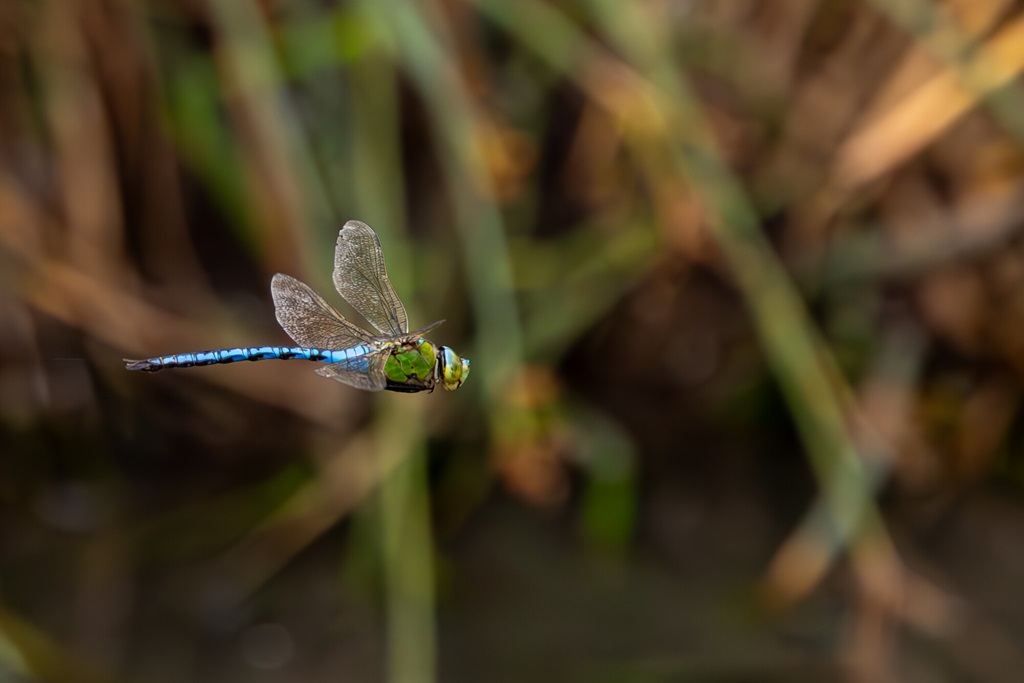
Emperor dragonfly in flight - credit: Sam Walker.
The southern migrant hawker was also recorded at WWT London, with the urban site becoming a haven for dragonflies in recent years.
Thanks to WWT’s careful habitat management, its wetlands provide ideal conditions for dragonflies to thrive. These rich, wet environments are essential for dragonflies to hatch, hunt, and breed.
This summer has brought extreme weather and one of the driest seasons on record. Despite the challenging conditions, the WWT reserves have worked tirelessly to keep landscapes wet and safeguard the resilience of wetlands. In the face of these challenges, the discovery of any new species on the reserves is a reminder of why WWT’s work is so vital.
WWT Caerlaverock have even established dragonfly monitoring transects to track local populations. These efforts help measure the impact of newly created wetlands and provide valuable insight into how climate change is influencing dragonfly numbers and behaviour.
The arrival of these new species was perfectly timed with the launch of our first-ever Dragonfly Festival, which ran from 21 June to 22 September. This summer-long celebration featured family-friendly activities, from pond dipping and adventure play to macro photography and creative workshops. Festival highlights included iridescent stilt walkers roaming the wetlands, sound meditation and yoga sessions, striking art installations, and kite-making workshops led by the Community Kite Project.
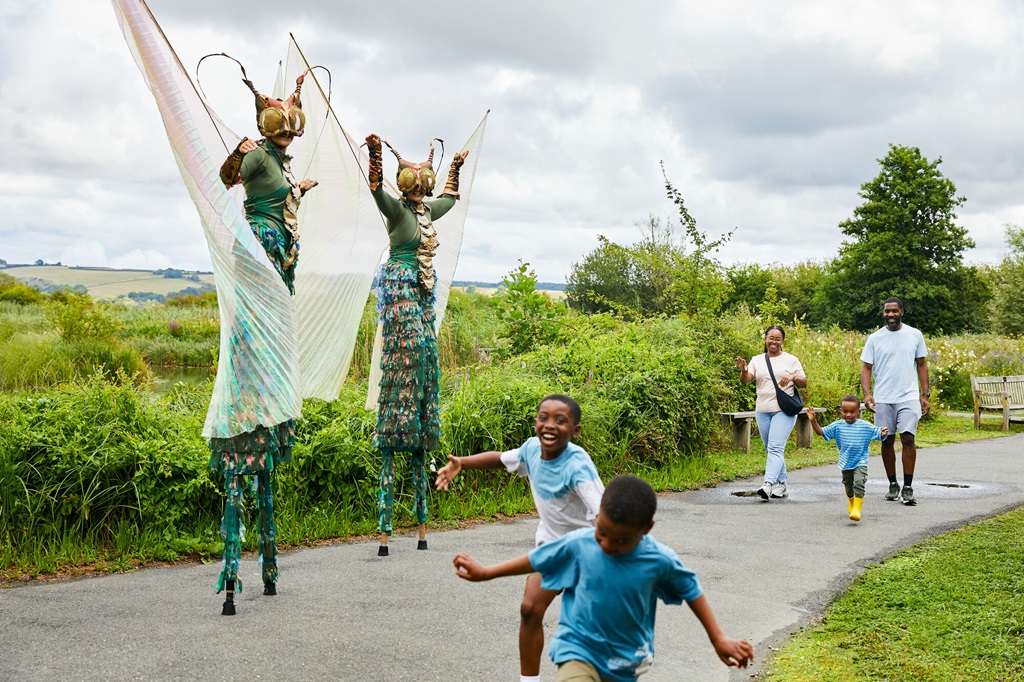
Stilt walkers and visitors at WWT's Dragonfly Festival - credit: Jim Johnston.
Leigh continued:
It’s been exciting to witness these new species thriving and breeding on our reserves, at such an apt time too, whilst visitors have been enjoying the Dragonfly Festival.
The festival saw our busiest August since 2018, with over 250,000 visitors enjoying our wetlands. Thanks to these visitors, they have supported our mission to protect wetland wildlife, like dragonflies, and their wetland homes.
